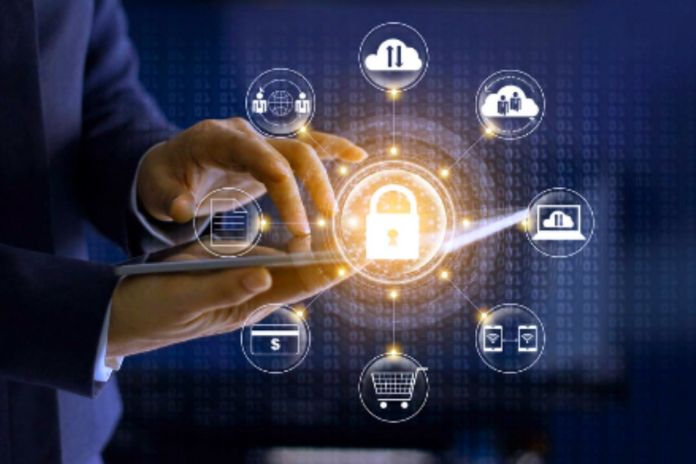Cyberattacks: In the information age, to remain competitive and remain active and free of leaks, fraud, errors, and other situations capable of affecting its credibility, it is necessary that all information held by companies be treated as a fundamental asset for their success.
Adopting measures to protect your IT infrastructure against constant cyber attacks is necessary. This article aims to explain how companies can defend themselves against these attacks and which solutions can help them in this process. Want to know more? So follow along!
What Are The Main Cyber Attacks, And What Signals Do They Emit?
Among the most common security attacks against information are DDoS, ransomware, trojans, brute force attacks, phishing, and adware. Each attack behaves in different directions, affecting specific parts of a structure.
Therefore, some of these programs are targeted to attack the end user, while others are targeted to cause direct damage to the server. Among these attacks, some are more evident than others. Therefore, it is necessary to observe the signs that reveal more about what may be happening with the system and what type of threat is being faced.
Let’s cite the example of a DDoS attack. This invasion can be characterized by a slowdown in the network or even an application crash. This is an example of an objective signal that can be identified by any user who uses a system constantly and, therefore, perceives differences in the execution of their activities more easily.
However, some attacks with more subtle symptoms can be associated with other common problems, not being immediately characterized as a virus or another cyber attack. Examples of this situation are malware and trojans, whose “symptom” is a slowdown in the operating system.
This slowness can be caused by several factors, such as lack of hard disk space, limited RAM, or days with access peaks, making the diagnosis more difficult to perform, especially for ordinary users with more technical knowledge.
Therefore, it should be noted that each attack has its peculiarity, and there is no general way to identify when it is occurring or when the system in use is already infected. Therefore, it is important to adopt continuous prevention and control measures, such as periodic machine analysis (scan) using antivirus programs.
How Do Infections Happen, And Why Are They Successful?
The main reason for successful cyber attacks is related to the security policy adopted by organizations. The more permissive this policy is the greater the risk to which information systems are exposed. Negligence in this regard can lead to leaks and complications about the General Data Protection Act, for example.
In the case of malware, it is common for these infected files to be sent directly to the end user via email messages ( generally of dubious origin). Once opened, the user downloads and executes the virus as a “Trojan Horse.”
In a second moment, after the infection and identification of the attack, it is possible to take some measures to contain the potential damage. In the case of a DDoS attack, it is necessary to mitigate it by blocking the source IPs. Depending on the size of the charge, it is necessary to block entire rangers.
Other situations involving adware or spyware are a little simpler; remove the installation folders and the programs. However, as we’ve seen, each attack has different behavior. Therefore, it is necessary to check which action is most indicated for each specific case.
How To Protect Your Company?
To protect themselves from attacks, the most effective measure companies can take is to invest in a strong security policy. As the saying goes: “the best remedy for a disease is not to acquire it”; that is, managers must act in a preventive manner. Security policies need to be adapted to each company and defined according to the needs of each department or activity niche.
In general, the main points present in this policy involve:
- Creating and monitoring rules for defining passwords.
- Periodically updating software.
- Adopting antivirus solutions.
- Defining backup schedules.
- Creating various access levels.
- Defining guidelines for accessing each type of information.
One of the main points to maintaining a secure environment is to keep all software in its “best version.” This is fundamental because whenever a security breach is found in software, the vendor works to update it and correct its vulnerability. Fixed the problem, and the corresponding update is made available to users.
Another important point is to have the support of encryption software. Roughly speaking, it is a technology that allows it to remain secure and indecipherable if the information has been leaked due to security breaches or cyber-attacks.
Therefore, encryption software will make accessing valuable data and information difficult. The use of encryption may not prevent the theft of certain data, but it prevents that data from being read and used in a way that harms the company.
It is also necessary to highlight the importance of investing in employee training to keep them updated on the security policies adopted by the company. The training aims to disseminate the best security practices among everyone and ensure the fight against new attack methods.
After all, information security can only be successful if employees are aware of prevention methods and are aligned in daily practice with what the company’s security policy establishes.
Also Read: Do You Feel Secure With Your Company’s Data Protection?

